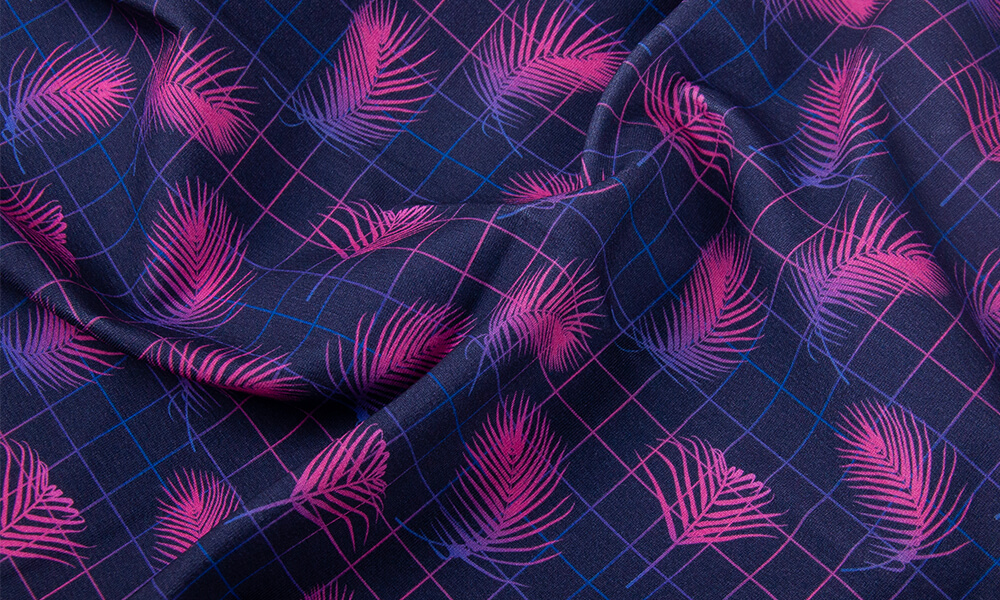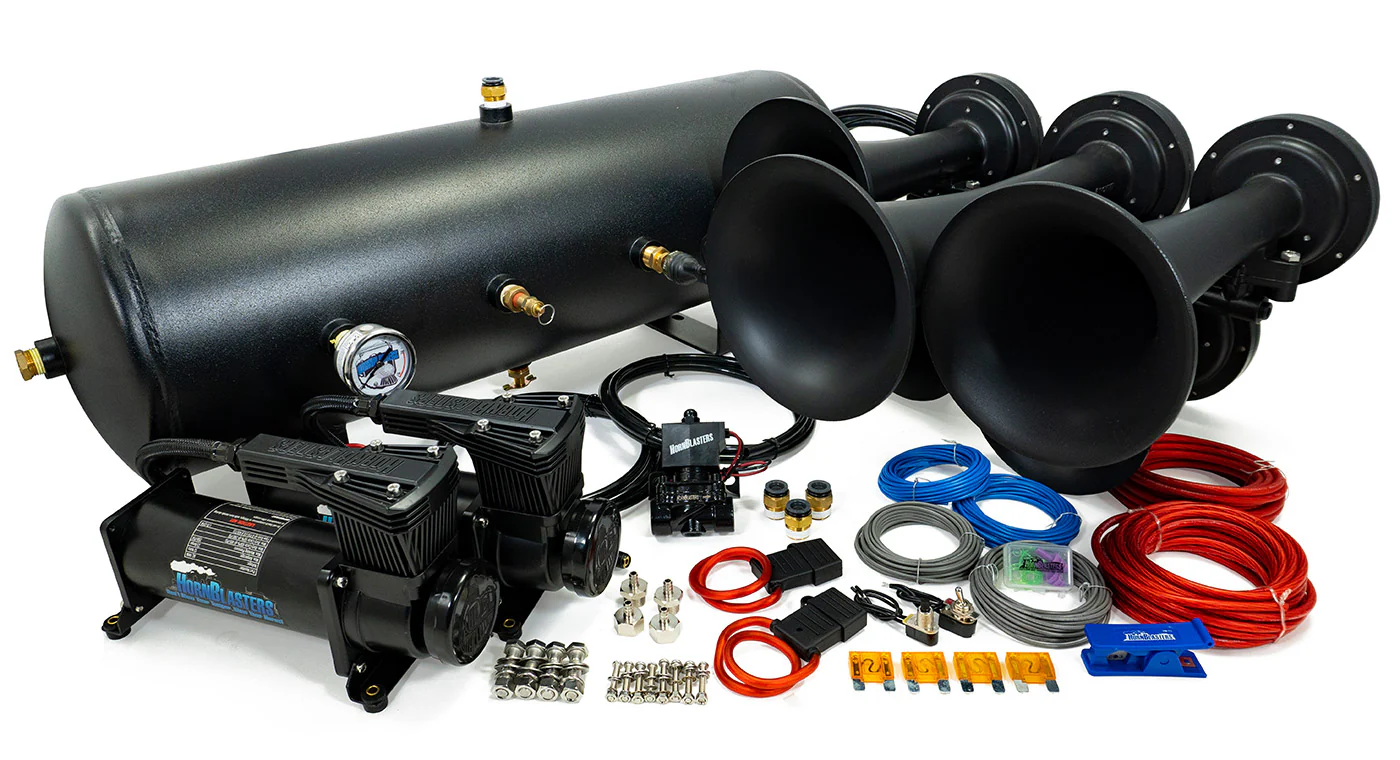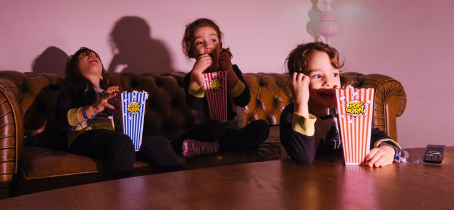Neon was used to decorate billboards in Times Square in New York City, motor inns along Route 66 in New Mexico, and casinos on the Las Vegas Strip in the first half of the 20th century.
However, according to J. Eric Lynxwiler, president of the board at the Museum of Neon Art in Los Angeles, neon was still regarded as “grandpa’s technology” in the 1950s and 1960s. Before adequately long, bulletins were rejected or dismissed by the nation, and numerous regions prohibited neon, calling it shoddy or energy hoarding (even though such lights are somewhat energy proficient).
There is currently a resurgence of enthusiasm for science-based art, as evidenced by the proliferation of neon parks, museums, and preservation initiatives across the nation. Youthful specialists attracted to neon’s handcrafted, difficult-to-reproduce shine, are learning the art. Learn how to buy antique neon signs
In cities that had previously outlawed radiant signs, numerous restorations are underway, reclaiming space.
Drivers pass by brightly lit, flashing neon signs advertising everything from Italian food (a chubby chef flipping yellow glass “spaghetti” at Caruso’s restaurant) to “refrigerated” hotel rooms (the sombrero-clad men on the sign for La Siesta Motel, which was put up around 1940). The city’s “Miracle Mile,” a commercial corridor with mid-century architecture and glitzy billboards, was added to the National Register of Historic Places in 2011 and is lined with dozens of blinking, buzzing advertisements from decades ago.
Chris Bovey, a neon artist and printmaker who recently opened a studio and gallery in Spokane, Washington’s neon-lit Garland District, claims that neon “stirs nostalgia—it’s classic Americana.” There is something elusive and mysterious about it. Gas is seen moving inside the glass as you hear the buzz.
Throughout the United States, these resurgent signs can be seen where they shine brightly and have a retro charm.
Neon flashes into the U.S.
At the turn of the 20th century, shortly after French engineer Georges Claude introduced the concept at the Paris Auto Show in 1910, neon became popular in the United States. A “glow discharge” occurred when he applied his knowledge of physics and chemistry by passing a voltage through the electrodes of a sealed glass tube containing noble gas. Glass blowers—also known as “benders”—created letters, lines, and intricate forms by shaping the tubes.
“It was like painting with tubes, which could be enlivened a way you might envision,” says Lynxwiler. This “fluid fire” motivated U.S. glassblowers to mold commercials both enormous (“Vegas Vic,” a 40-foot-tall cattle rustler flickering in Las Vegas) and little (inn signs lit to say “opportunity” or “no”). In the American West, neon became particularly evocative of lonely highways, luring exhausted motorists to a warm meal, a comfy bed, or a blazing blackjack table.




